Surrounded by turquoise waters and fairly close to the party-haven of Ibiza is the island of Majorca. Largest of the Balearic Islands, Majorca is known for its luxurious beaches as much it is for its rich past, for this island is filled with a myriad of historical events that date as far back as the Neolithic period. Palma de Mallorca is its capital city and our story begins roughly 2 miles west of Palma’s center.
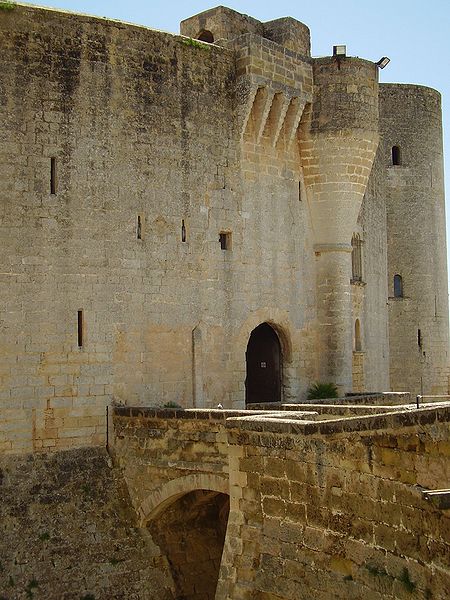
This is where one can find Castell de Bellver, or Bellver Castle. Built for James II of Majorca in the 14th century, this citadel is one of the last standing circular castles in Europe. Its design is adorned with towers that are all attached to its exterior, except for one tower that is connected to the castle by a bridge crossing the moat.
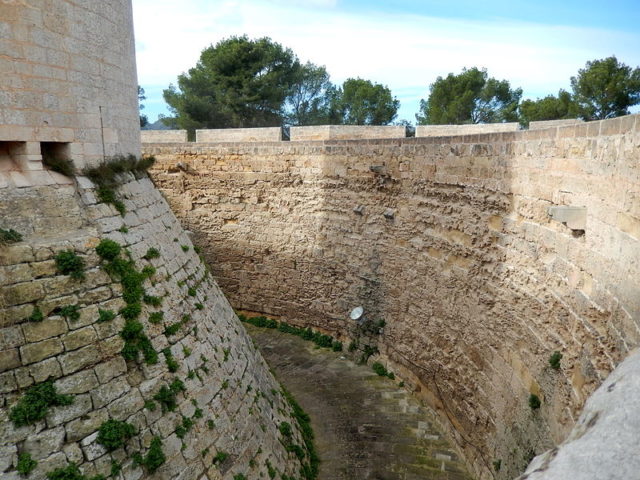
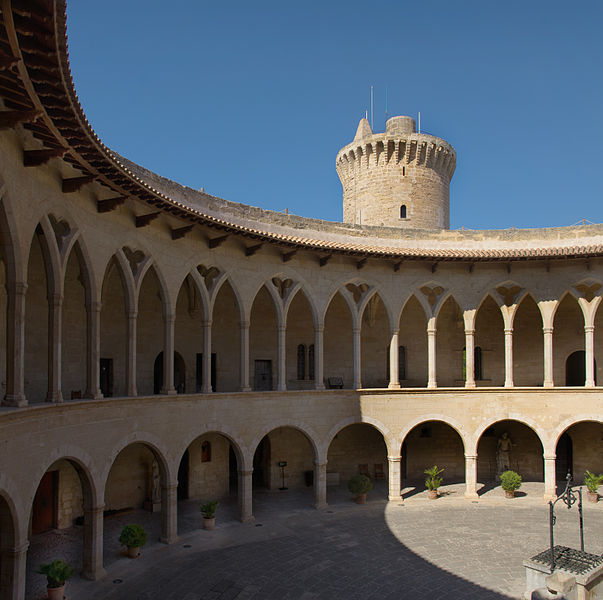
The castle has a circular courtyard, in the middle of which is a well surrounded by semi-circular Gothic arches. The architect behind this citadel is Pere Salvà, the man who also designed the Royal Palace of La Almudania for King James II of Aragon.
Bellver Castle was built to serve the Kings of Majorca, using stones from the same hill on top of which it stands.
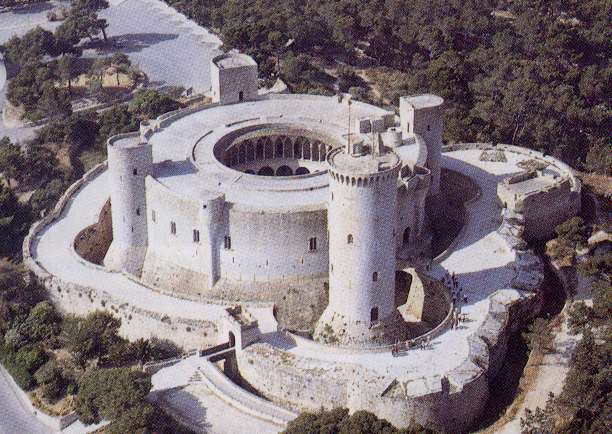
Its endurance was tested in two separate events during the Dark Ages, the first of which took place in 1343 when Peter IV of Aragon made an attempt to add the territories of Majorca to the Crown of Aragon. The second time this castle was put to the test was 1391 when an anti-semitic riot broke out. A few decades later, in 1459, Prince Charles of Viana arrived to claim the castle. But King John II of Aragon, his father, had a different thought in his mind and refused to give up Bellver Castle.
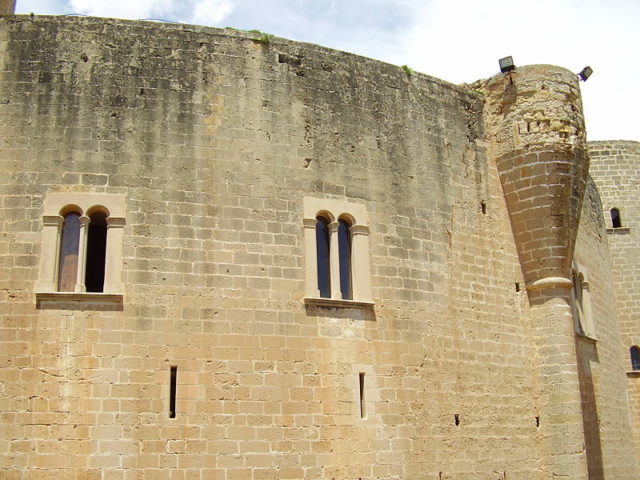
As the 14th century was coming to an end, the castle was converted for use as a prison. But in 1521, the castle did fall — during the “Revolt of the Brotherhoods,” an uprising against King Charles V. Its use as a prison, however, was retained for centuries. For instance, this is where those who supported Philip V of Spain at the time of the War Spanish Succession (1701-1714) were locked up.
A century later, the prison held individuals that were captured during the Battle of Bailén; some of the inmates in Bellver Castle were political prisoners such as Gaspar Melchor de Jovellanos, a reformative Spanish statesman.
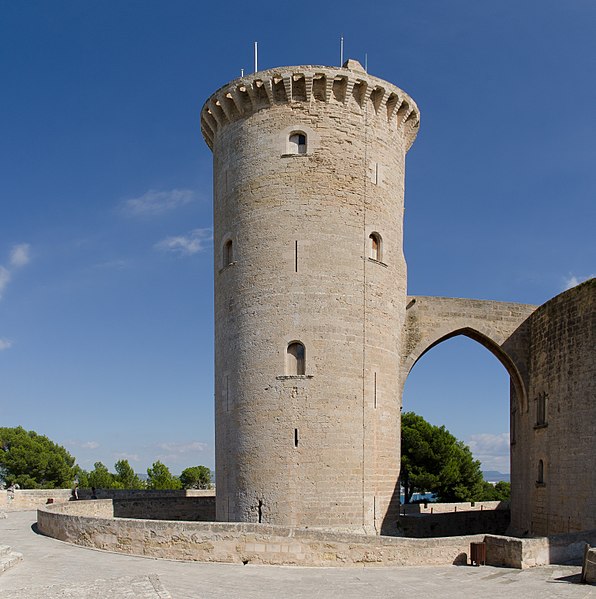
Jovellanos was the first political prisoner, and after him followed many more; for example, the Spanish politician and diplomat Alexandre Jaume. According to North South Guides, “You can still see some of the prisoners’ graffiti on the terrace walls.”
And for 700 years, this stronghold held its ground. At the start of the 1930s the castle was given to the city of Palma de Mallorca, as was the forest that stands close to it.
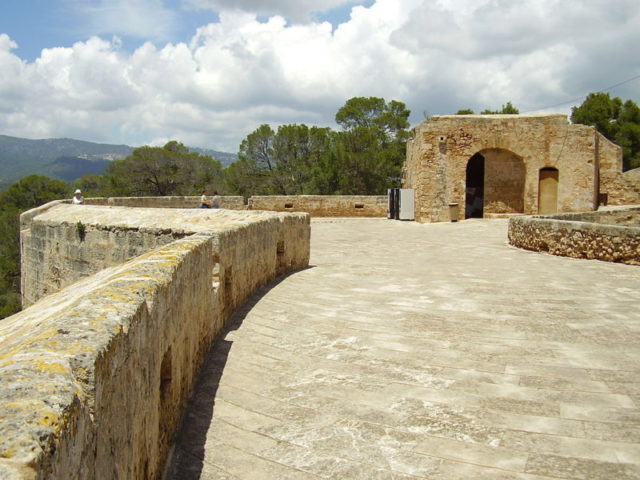
Then, in 1932, this magnificent piece of architecture was converted to a museum — after a major restoration was carried out in 1976, Bellver Castle became one of the Majorca’s major museums. Given its location, this citadel is visited by thousands of tourists throughout the year and its yard is used as a venue for a great many events and concerts. One week after Easter Sunday, the castle and forest are filled with people who come to celebrate what is known as Diumenge de l’Àngel, or Angel Sunday.
